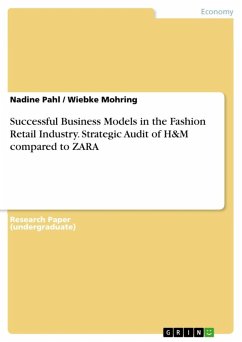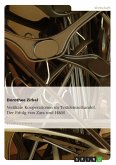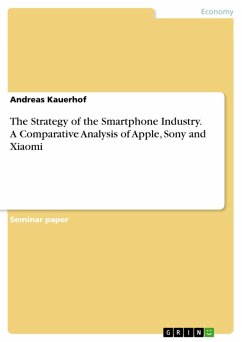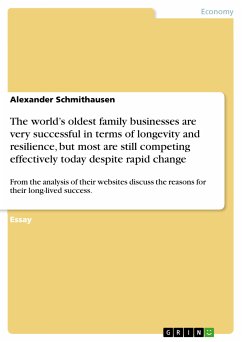Research Paper (undergraduate) from the year 2008 in the subject Business economics - Business Management, Corporate Governance, grade: 1,3, University of Applied Sciences Berlin, course: Strategic Management, language: English, abstract: In the increasingly competitive and changing fashion retail market the two European fashion retailers Hennes & Mauritz (H&M) and ZARA have explored the market possibilities in different ways: Both companies have chosen unique and very opposite business models and growth strategies which had enabled them to expand quickly and successfully beyond its own borders. Whereas H&M focuses on outsourcing production, ZARA relies on controlling every step of the value chain. Whereas H&M follows an aggressive marketing and PR strategy, ZARA does virtually no advertising. But both companies known for their “fast fashion” dress fashionable people around the globe and compete for the title of the largest clothing retailer in Europe in a league of their own. Thus, two main questions arise: What makes both companies so successful and what are the fundamental differences and similarities in their business models? The following assignments starts with presenting the background and development of both companies and giving a short overview about the clothing retail industry. Chapter two explores the business models of H&M and ZARA in terms of the whole value chain. Based chapter two, the assignment ends with summarizing both business strategies to provide a reasonable answer to the key question: If you would have 100 euro to invest, in which company would you invest in: H&M or ZARA?








